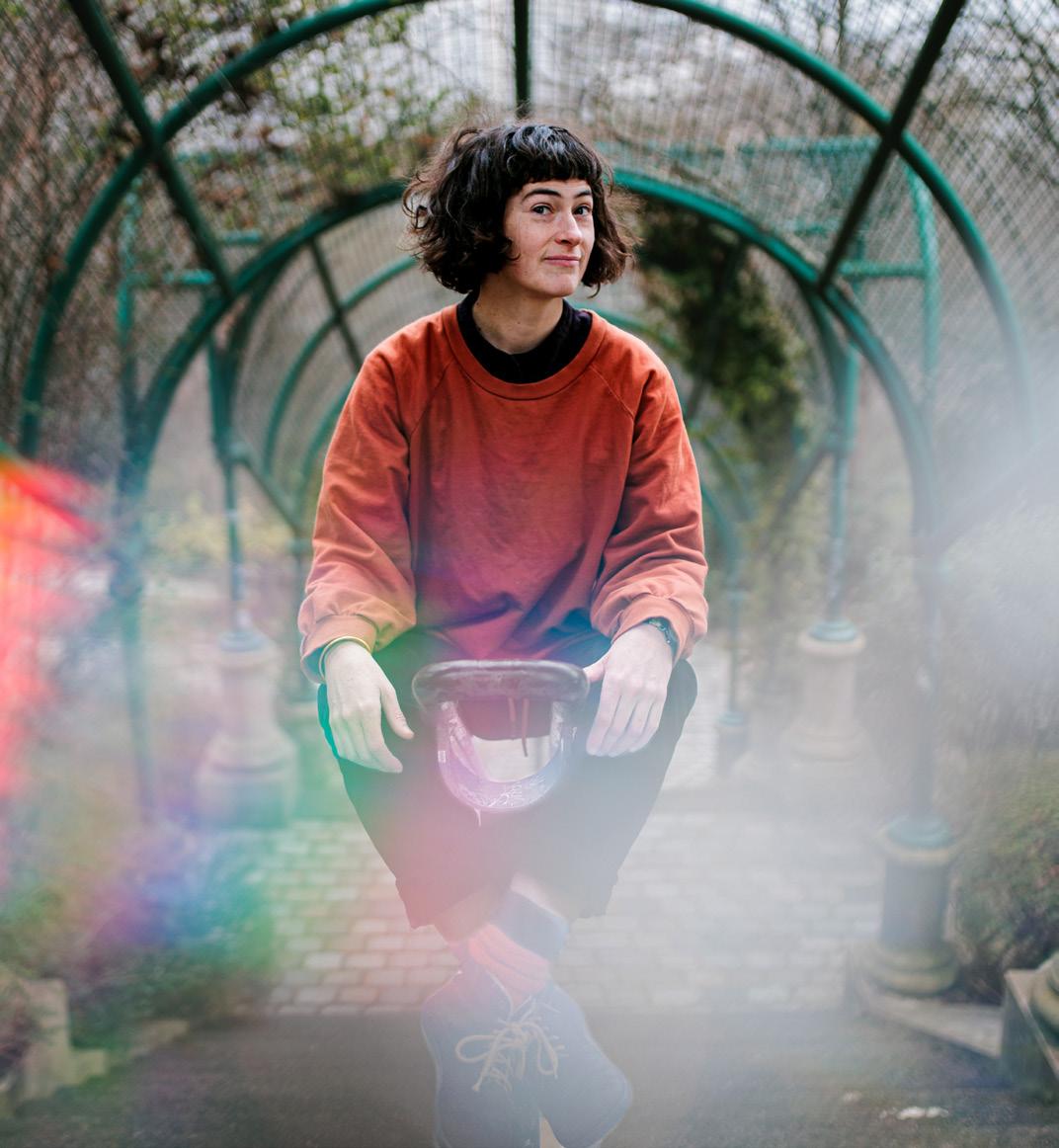THESE THINGS CANNOT BE REPEATED “You can’t have a road trip without music,” says Christopher Herwig. “When you’re driving for ten hours every day, for two weeks straight, you better have some good mixtapes.” There are few who know the importance of this more than Herwig. For over twenty years he has been painstakingly and obsessively traversing the 15 countries which were once part of the Soviet Union on the hunt for one thing: bus stops. From Ukraine to Uzbekistan, Armenia to far eastern Siberia and everywhere in between, Herwig has been photographing unique, strangely beautiful – and increasingly disappearing – bus stops from the Soviet era. It has resulted in two books along the way and now a new documentary, seven years in the making. Soviet Bus Stops finds Herwig tirelessly tracking down leads, driving endlessly down perilously icy roads, shovelling snow out from submerged tires with his hands and attempting to communicate with confused locals in primitive Russian. “Since no one has really done such an extensive collection before, there really isn’t a good archive or a database out there to base your searches on,” he says. “So, a lot of the bus stops you just kind of stumble upon.” But even stumbling upon them can take a huge amount of effort. “One of the keys is always just to get off the main roads,” he says. “Because typically on the main roads they would have been redone and all the old bus stops would have been torn down. It’s more the smaller communities in the country roads and out of the way places where sometimes
66
there will be thousands of kilometres of literally nothing. Then it hits you, like, oh my God, how do I get out of here?” However, after travelling over 50,000 km through this vast territory, Herwig finds that there’s always a pay-off with enough perseverance. “You may come to a section, just a mile or two, and every 200 metres there will be something new,” he says. “And it’s like, wow – it’s like an art gallery out here. There are no towns or anything, just these bus stops lined up every 200 metres. You think: how and why is this possible?”



































